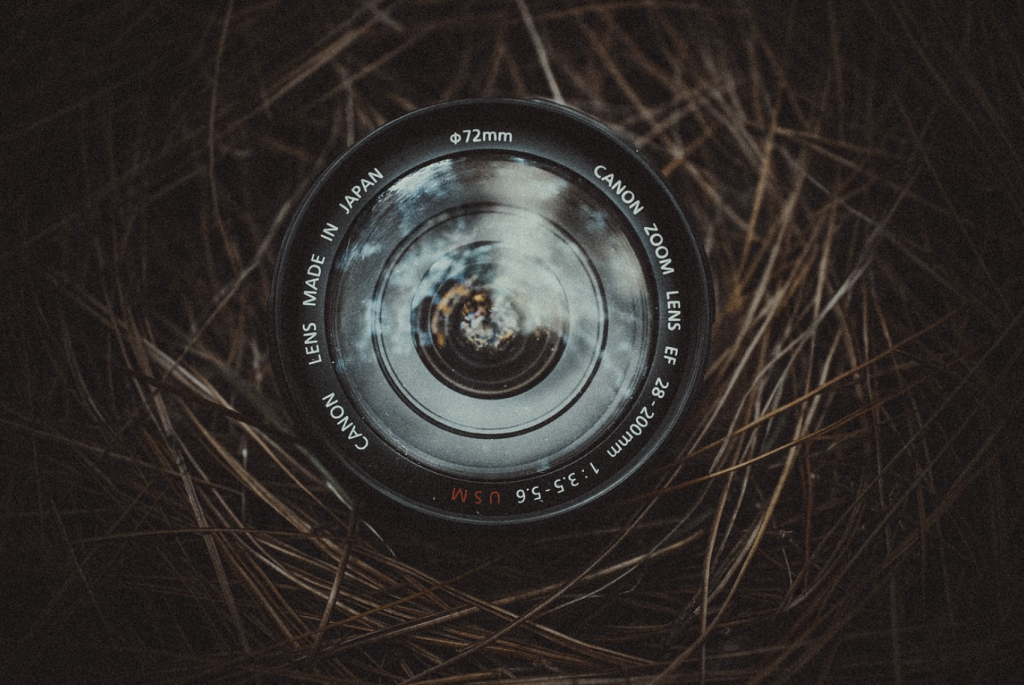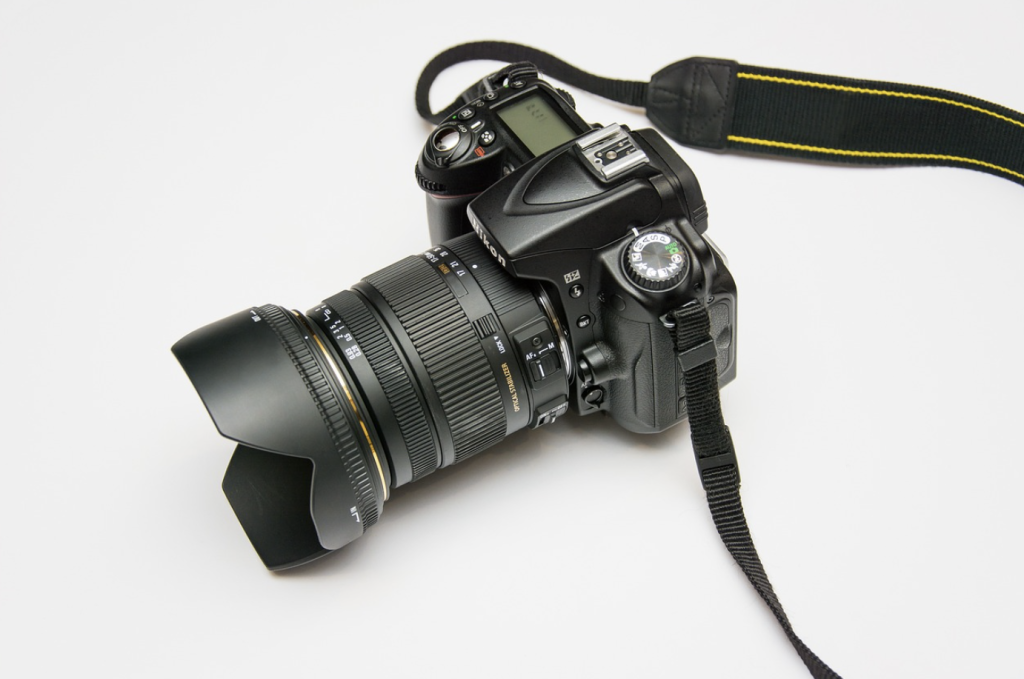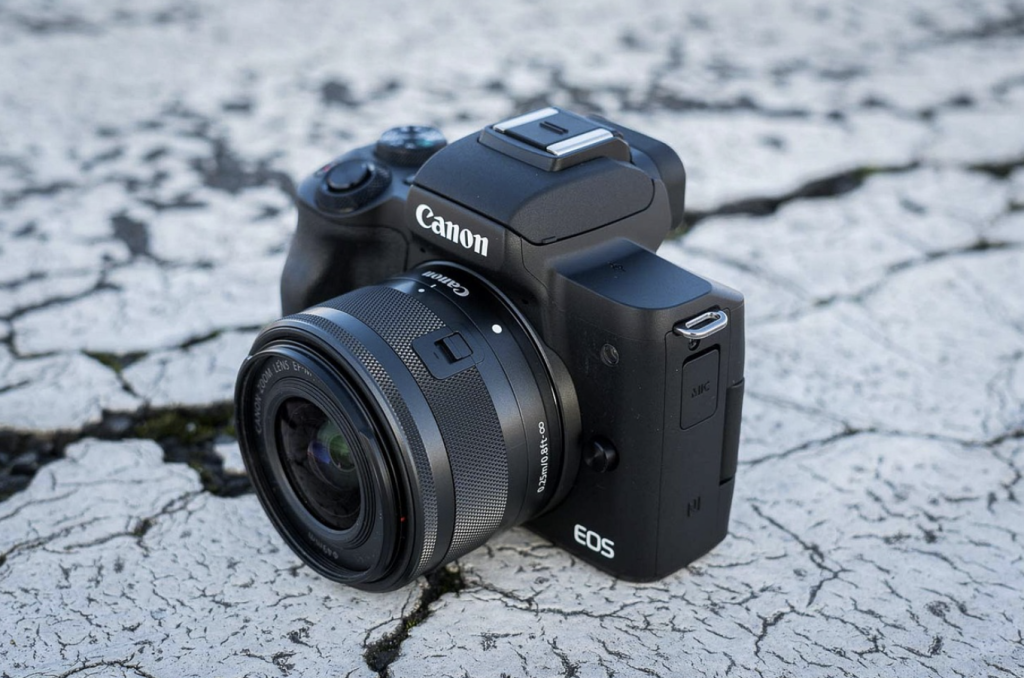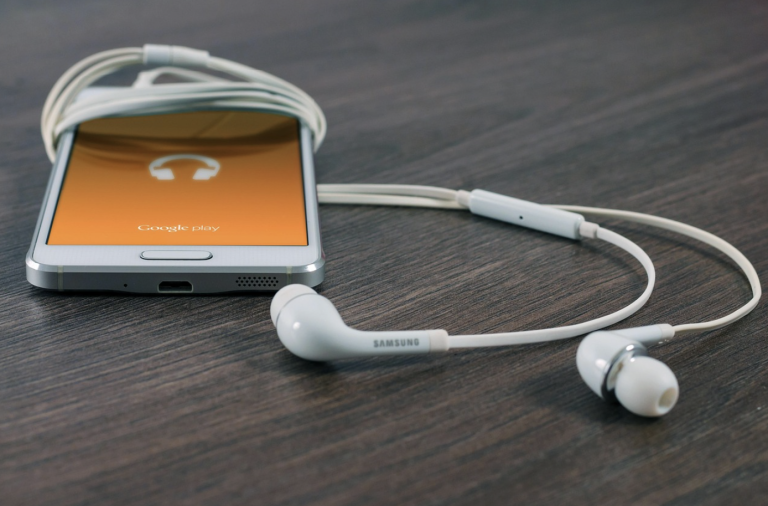
Introduction: The Great Camera Debate
Buying a camera in 2024 can feel like stepping into a tech battleground. Mirrorless or DSLR? Each side has passionate fans and solid arguments. But let’s cut through the noise and help you decide which one truly fits your needs.
Understanding the Basics
Before diving into specs and use cases, let’s clarify what these two camera types actually are.
What is a DSLR Camera?
DSLR stands for Digital Single-Lens Reflex. It uses a mirror mechanism to reflect light into an optical viewfinder. This traditional setup offers tactile shooting and has long been favored by professionals.
What is a Mirrorless Camera?
Mirrorless cameras, as the name suggests, ditch the mirror. Instead, light hits the image sensor directly, and you compose your shots via a digital screen or electronic viewfinder (EVF). They’re sleeker and more tech-forward.
Key Differences Between Mirrorless and DSLR
Let’s break down how they compare in real-world use.
Size and Portability
Mirrorless wins here. Without a bulky mirror box, these cameras are generally lighter and more compact—ideal for travel and daily carry.
Image Quality
Both types can deliver outstanding image quality. The real differentiator lies in sensor size and lens choice—not the mirror.
Autofocus Systems
Mirrorless cameras shine with faster, more accurate autofocus using on-sensor phase detection. DSLRs are catching up but tend to lag, especially in video.
Viewfinder Technology
DSLRs use optical viewfinders, giving you a real-time look at the scene. Mirrorless cameras use electronic viewfinders, which display a digital preview with exposure adjustments.
Battery Life
DSLRs often win on battery life due to minimal reliance on screens. Mirrorless models consume more power because of their electronic components.
Use Case Scenarios
Let’s talk lifestyle. Your ideal camera heavily depends on how you plan to use it.
For Beginners
Mirrorless cameras offer a smoother entry—fewer buttons, real-time previews, and easier learning curves.
For Travelers
Portability is key. Mirrorless cameras like the Sony α6400 or Canon EOS R50 offer compact bodies and stunning image quality, making them perfect travel companions.
For Professional Photographers
Many pros still swear by DSLRs like the Nikon D850 for durability and battery life. But mirrorless cameras like the Sony A7 IV are giving them a serious run for their money with advanced features and lighter setups.
For Videographers
Mirrorless dominates. With superior video autofocus, high frame-rate support, and 4K/6K capabilities, they’re built for modern content creators.
Price and Budget Considerations
Your budget can drastically narrow or widen your choices.
Entry-Level Options
DSLR: Canon EOS Rebel T7
Mirrorless: Fujifilm X-T30 II
Mid-Range Picks
DSLR: Nikon D7500
Mirrorless: Sony α6600
High-End Choices
DSLR: Canon 5D Mark IV
Mirrorless: Canon EOS R5 or Sony A7R V

Lens Ecosystem and Compatibility
DSLRs have a wider, well-established lens library. Mirrorless is catching up fast with new mount systems and third-party support. Some brands offer lens adapters, so you can use DSLR lenses on mirrorless bodies.
Future-Proofing Your Investment
In 2024, the camera landscape is shifting fast—here’s what to consider.
Brand Ecosystem and Support
Sony, Canon, and Nikon are prioritizing mirrorless development. If you’re looking for long-term upgrades and innovation, mirrorless is the safer bet.
Technology Trends in 2024
AI-powered autofocus, in-body image stabilization, and wireless integration are becoming standard in mirrorless systems—leaving DSLRs a bit in the dust.

Pros and Cons Summary
Mirrorless Pros:
Compact and lightweight
Superior autofocus and video features
Real-time exposure preview
Mirrorless Cons:
Shorter battery life
Fewer native lenses (for now)
DSLR Pros:
Excellent battery life
Wide lens compatibility
Optical viewfinder
DSLR Cons:
Bulkier
Slower tech evolution
Which One Should You Choose?
If you’re new to photography or looking to future-proof, go mirrorless. It’s more intuitive, lightweight, and tech-packed. If you already have DSLR lenses or value traditional controls and longevity, a DSLR might still be a smart buy.

Conclusion
In the end, there’s no one-size-fits-all answer. Think about your photography goals, budget, and comfort with technology. Whether you go mirrorless or DSLR, what matters most is getting out there and capturing moments that matter.
FAQs
- Are mirrorless cameras better for beginners?
Yes, mirrorless cameras often offer user-friendly interfaces, lighter bodies, and real-time exposure previews, making them ideal for newcomers. - Is DSLR dead in 2024?
Not quite, but most brands are clearly shifting their R&D focus toward mirrorless systems. DSLRs are still viable, but future innovation may bypass them. - Can I use DSLR lenses on a mirrorless camera?
Yes, many mirrorless systems support DSLR lenses via adapters—though some functions like autofocus may vary by brand. - Which is better for video—mirrorless or DSLR?
Mirrorless cameras lead in video with superior autofocus, higher resolutions, and advanced frame-rate options. - What’s the best mirrorless camera under $1000?
The Sony α6400, Canon EOS R50, and Fujifilm X-S10 are all strong contenders depending on your specific needs.







